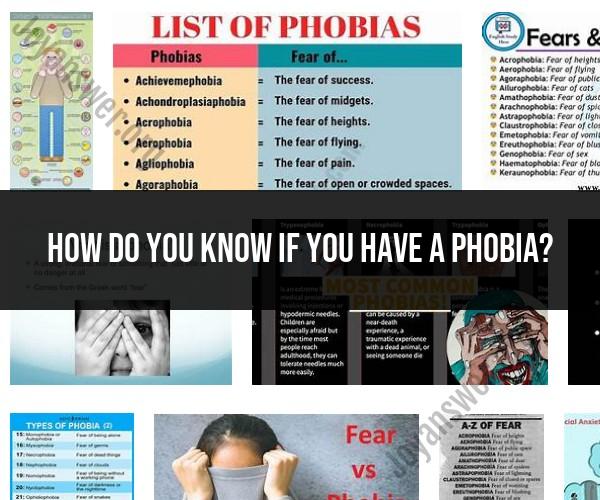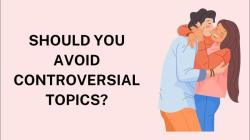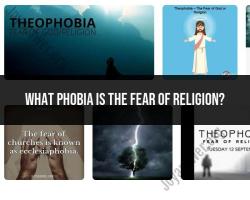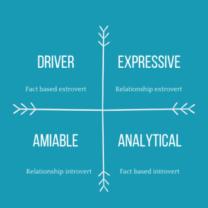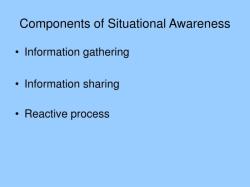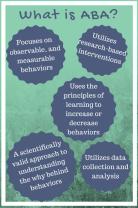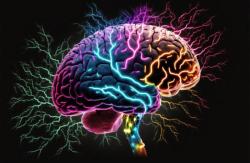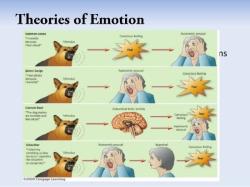How do you know if you have a phobia?
Phobias are a type of anxiety disorder characterized by an intense and irrational fear of a specific object, situation, or activity. These fears can significantly disrupt a person's daily life and well-being. Identifying phobias involves recognizing signs and symptoms, which can manifest both emotionally and physically. Here are some common signs and symptoms of phobias:
Emotional Signs and Symptoms:
Intense Fear: Individuals with phobias experience an overwhelming and persistent fear or anxiety related to a specific trigger. This fear is often disproportionate to the actual threat posed by the trigger.
Avoidance Behavior: Phobic individuals tend to go to great lengths to avoid the object, situation, or activity that triggers their fear. Avoidance can be extreme and may interfere with daily activities or responsibilities.
Anticipatory Anxiety: Even the thought of encountering the phobic trigger can cause anxiety. Individuals may worry excessively about future encounters or situations related to the phobia.
Panic Attacks: Some people with phobias may experience panic attacks when exposed to their triggers or even when thinking about them. Panic attacks can involve symptoms such as rapid heartbeat, shortness of breath, trembling, and a sense of impending doom.
Irrational Beliefs: Phobic individuals often hold irrational beliefs or thoughts related to their fear. They may believe that encountering the trigger will result in extreme harm or danger, even when evidence suggests otherwise.
Depersonalization or Derealization: In severe cases, phobic individuals may experience feelings of depersonalization (feeling detached from oneself) or derealization (feeling that the world is unreal or distorted) during exposure to the phobia.
Physical Signs and Symptoms:
Sweating: Increased perspiration is a common physical response to anxiety and fear. Phobic individuals may sweat profusely when confronted with their triggers.
Trembling or Shaking: Muscle tremors and shaking can occur during phobic reactions.
Nausea or Upset Stomach: Some individuals may experience gastrointestinal symptoms, such as nausea, vomiting, or stomach discomfort, when exposed to their phobia.
Rapid Heartbeat: Anxiety can lead to an increased heart rate (tachycardia), which is a common physical response during phobic episodes.
Shortness of Breath: Individuals may experience difficulty breathing, shortness of breath, or hyperventilation during a phobic reaction.
Chest Pain or Tightness: Chest pain or a feeling of tightness in the chest can occur as a result of increased stress and anxiety.
Dizziness or Fainting: Some phobic individuals may feel lightheaded, dizzy, or even faint when confronted with their fears.
Muscle Tension: Muscle tension and stiffness can accompany the stress response associated with phobias.
Hypersensitivity: Phobic individuals may become overly sensitive to sensory stimuli related to their fear, such as sound or touch.
It's important to note that the severity of phobia symptoms can vary widely from person to person. Phobias can be specific (e.g., fear of spiders, heights, flying) or more generalized (e.g., social phobia or social anxiety disorder). In either case, the fear and avoidance behavior can have a significant impact on a person's quality of life.
If you or someone you know is struggling with phobia symptoms that are interfering with daily life, it is advisable to seek help from a mental health professional. Effective treatments, such as cognitive-behavioral therapy (CBT) and exposure therapy, can help individuals manage and overcome their phobias. Early intervention and treatment can lead to improved well-being and a reduction in the impact of phobias on daily functioning.
